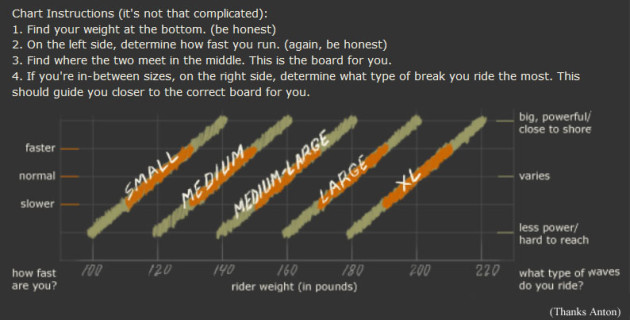Sports
How To Get Started With Skimboarding
Anyone who has spent time at the beach should probably be familiar with skimboarding, a board sport where participants glide along the water’s surface near where the water meets the sand, meeting an incoming wave and riding it back and/or around the shore. The sport’s accessibility makes the sight of anyone skimboarding, regardless of age, from pre-teens to adults, a fairly frequent beach sight.
After watching your friends and strangers enjoy skimboarding on the beach, you may want to learn how to skimboard yourself. Although skimboarding isn’t extremely difficult, it’s not as easy as it looks. Balance, safety precautions and choosing the right skimboard are several things those looking to get started with skimboarding should take note of.
Choosing the Right Skimboard for You
First things first, it’s important to use a skimboard that’s optimal for your height, weight and skill level. If you’re a beginner, opt for a skimboard that’s light, long and wide relative to your height and weight; these types of skimboards are easier for beginners since they have a greater surface to navigate, which makes them more stable.
There are several standard sizes to consider for skimboards. Under 50 lbs. is extra small; 50 to 80 lbs. is small; 80 to 160 lbs. is medium; 160 to 200 lbs. is large; 200-plus lbs. is extra large.
There are also different types of base material to choose from, including carbon, fiberglass, graphite, wood and Kevlar. Boards composed of wood graphite are a good choice for beginners due to their great planing qualities, which makes the ride go farther. They’re also the heaviest and least expensive. The priciest is Kevlar, which is the lightest. The lightweightness of that is also suitable for beginners, but the cost can be too exorbitant for beginners.
Flat Sand or Waveboards?
Beyond the many types of skimboard sizes and material compositions, there are definitely two skimboard styles: flat sand and waveboards. The former are for skimming across the beach’s surface, while waveboards are ideal for riding into the surf and riding waves. The primary difference between the boards is the minor alterations to the rocker and bottom.
Beginners should opt for a flat sand skimboard, as riding into the surf can be too rough for the inexperienced. Also, the larger outlines in a flat-sand skimboard’s body provide increased planing surface, stabilizing the board for longer distances. There’s no issue in moving up to a waveboard after extensive experience with a flat sand board, but beginners should start there.
Skimboarding Safety
Now that you’ve decided on the ideal skimboard, it’s extremely important to keep the following skimboarding safety tips in mind:
- Be wary of dangerous wave conditions. If swimming is prohibited, it’s probably too dangerous to skimboard.
- NEVER skimboard around rocks or uneven surfaces that can damage your body in case of a fall.
- Despite the fact that skimboarding usually takes place close to shore, knowing how to swim is essential, as a high tide can rise fast.
- Wear ear plugs to avoid surfer’s ear, which can result in recurring ear infections and extremely painful surgery to repair it.
- Stretch extensively to avoid back issues in case of fall or poor composure.
- Apply an ice pack to any groin pulls or similar injuries to prevent swelling and infection.
- Always be aware of your surroundings; avoid skimboarding in highly populated areas where it’s easy to run into bystanders.
Keeping these safety tips in mind will make the skimboarding experience a lot more fun and worry-free, allowing beginners to learn the fun sport of skimboarding without putting themselves or others in harm’s way.
















Recent Comments